‘Distress signals from the prehistoric era’: Could folklore save us from the perils of rising sea levels?
Our mythology is full of stories about climate catastrophes – and it’s important to listen to these warnings from the past, writes Harry Cockburn

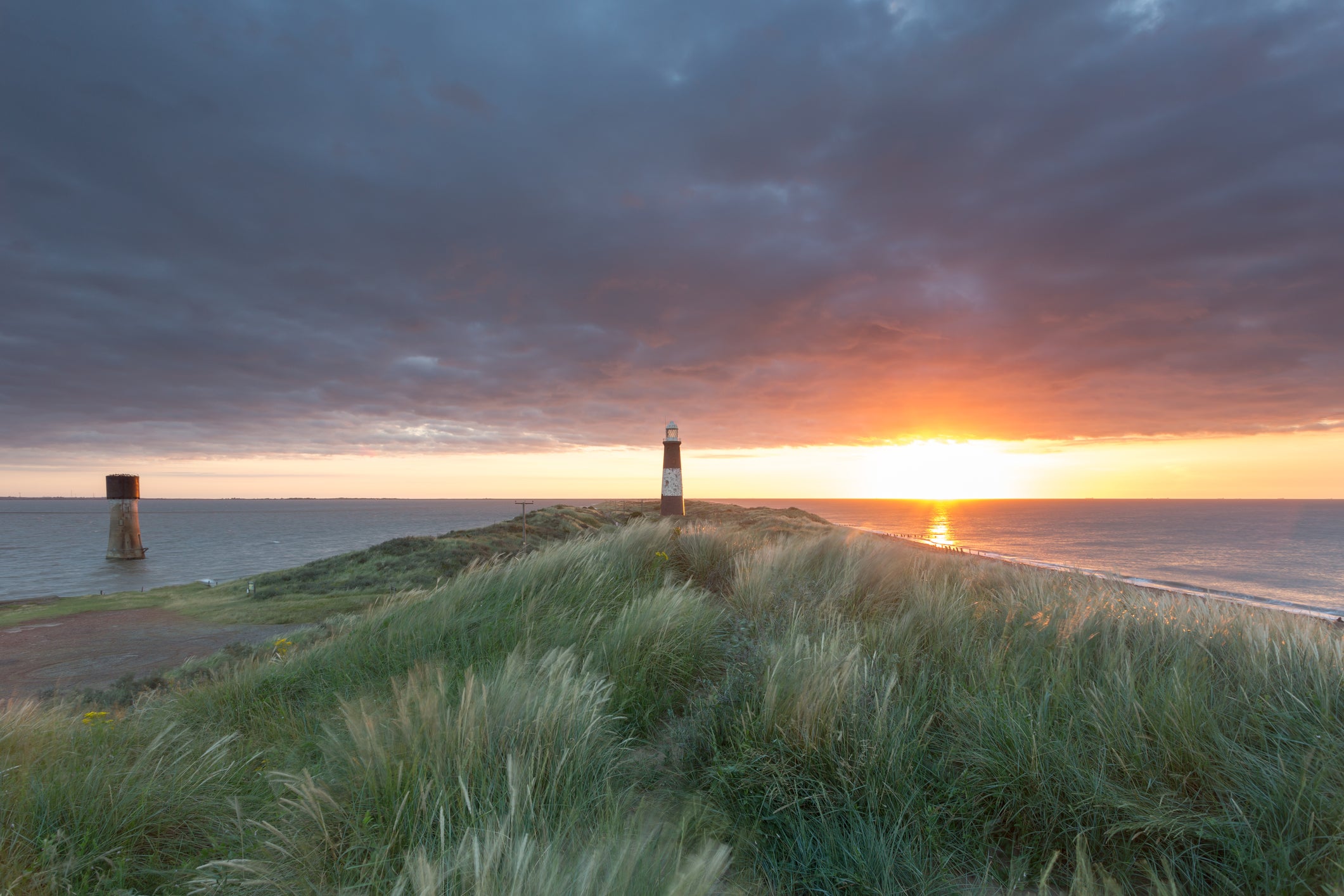
This is the first stanza of Christopher Reid’s 2020 poem Charms of Lost Villages, about the fate of the mysterious lost town of Ravenser Odd, dubbed “Yorkshire’s Atlantis”:
Thanks to a prank of God / the fine folk of Ravenser Odd / no longer sleep under the sod / But mingle with herring and cod.
For over a hundred years the town, meaning “raven’s tongue” in old Norse, was an important shipping waypoint, with wharves, warehouses, hundreds of homes, two MPs, a court and a prison. But in January 1362 the cataclysmic Grote Mandrenke storm, also known as St Marcellus’s Flood, swept across the British Isles, the Netherlands, northern Germany and Denmark, causing at least 25,000 deaths, and destroying settlements including Ravenser Odd.
More than 600 years later, amid today’s warnings of “catastrophic” climate change, a new hunt is on to find the lost town beneath the waves in the Humber Estuary, and to understand how it met its watery end and what it can teach us today as we also contend with rapidly rising sea levels.
The loss of Ravenser Odd is recent enough that it easily captures the imagination. The hunt for the town was covered in almost every national newspaper last month, but why does this story speak so strongly to us? Is it because we are an island nation? After all, there are many lost towns around the UK, such as Old Winchelsea in East Sussex near Rye – similarly an important shipping station – lost after storms around 1250, and the former medieval capital of East Anglia, Dunwich, now just a small village after coastal erosion left most of the town to crumble into the encroaching sea.
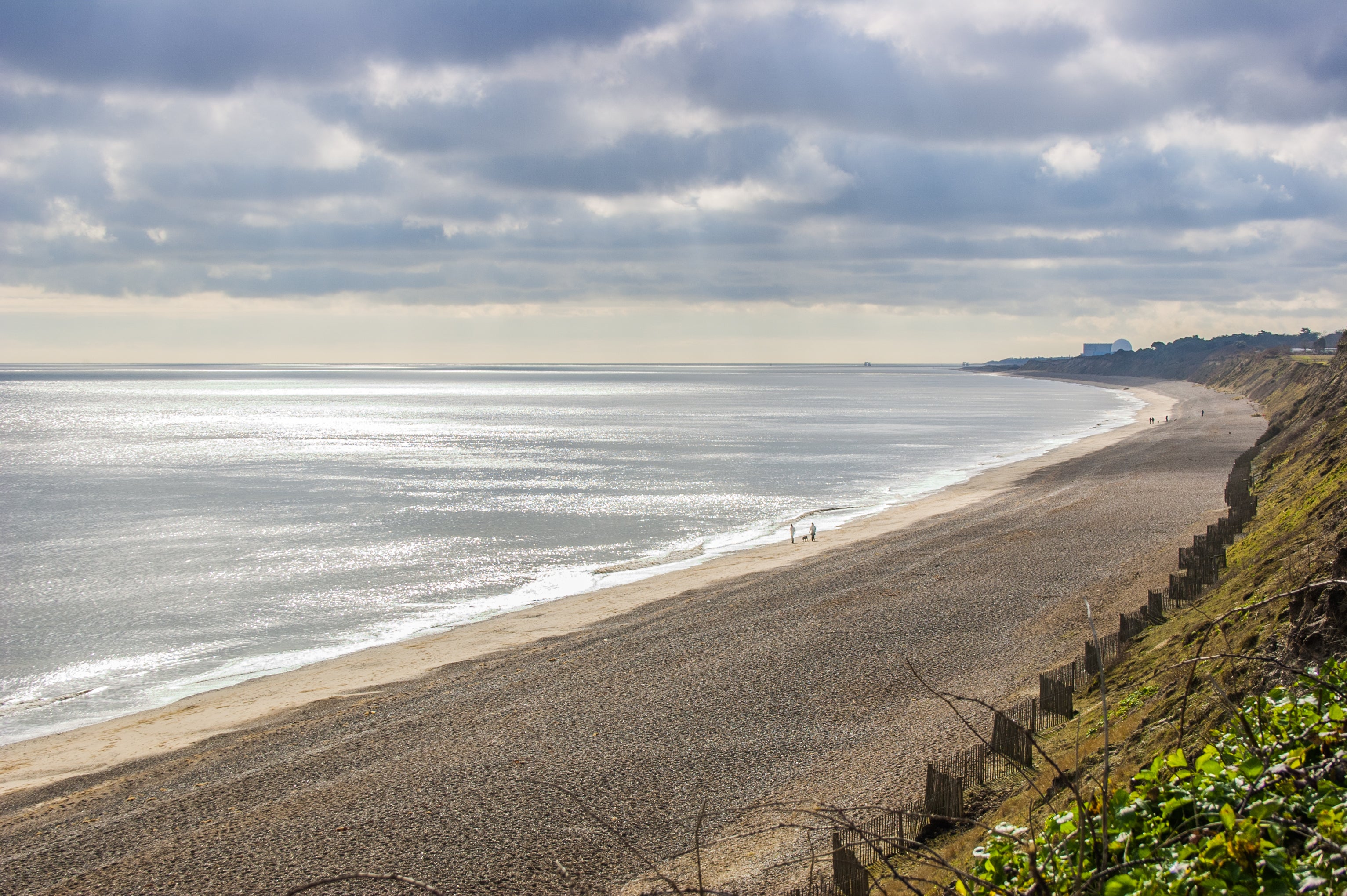
But our fascination runs deeper than just those sunken towns; we’ve lost a lot more than that if we look further back. After all, Britain was not always an island. It was once a remote peninsula to the European continent, connected to Denmark via Doggerland as recently as 8,000 years ago.
Major climate change as the last ice age came to an end meant enormous sea level rises – today’s sea level is around 130 metres higher than it was at the peak of the last ice age 20,000 years ago. The retreating ice and rising waters meant mesolithic people witnessed huge losses of land. Some of these changes would have been slow, but others would have been calamitous events with huge loss of life, land and livelihoods.
Perhaps it’s not a surprise that our culture is steeped in flood myths.
"We’re all kind of children of the flood," says author Gareth Rees, whose forthcoming book Sunken Lands (Elliott and Thompson) will explore ancient climate change and folklore. "We grew up singing about Noah’s Ark at school, which is obviously biblical, but those biblical stories were based on real events at the end of the ice age. Very few places haven’t been touched by floods because of what happened around 9,600BC. At the end of the ice age there was a series of catastrophic climate change events which created the modern world that we know."
“People would have witnessed an extraordinary sequence of events as their lands got completely swallowed up,” he tells The Independent.
The waves would have been 10m high. Anyone standing out on the mud flats at that time would have been dismembered. The speed [of the water] was just so great
Around 10,000 years ago, Doggerland – which is now beneath the southern part of the North Sea – would have had a coastline made up of lagoons, mudflats, salt marshes, lakes and rivers, and may have been among the richest hunting and fishing grounds in all of Europe. This was all lost to the sea as the ice melted, and eventually disappeared completely. The event credited with finally severing Britain with Europe is known as the Storegga Slide – a 180-mile long underwater landslide off the coast of Norway around 6,200 years ago, which resulted in devastating tsunamis that struck the coast of Britain and northern Europe, swamping Doggerland.
Archaeologists have found that the waves travelled up to 50 miles inland in parts of Scotland. The impact on populations would have been considerable. "The waves would have been maybe as much as 10m high," geologist David Smith of Oxford University told the BBC in 2011. "Anyone standing out on the mud flats at that time would have been dismembered. The speed [of the water] was just so great."
The result of the shifting landscapes of low-lying land around Britain and the severing of the land bridge to Europe at the end of the ice age had a powerful effect on culture – arguably including up to Brexit, suggests Rees.
Major flood myths include the inundation of Cantre’r Gwaelod in Wales and Ys in Brittany. Meanwhile, the epic poem Beowulf is known to have connections to East Anglia and the Fenlands where the monster Grendel lives, with the marshy landscape playing a key role in its dark themes.
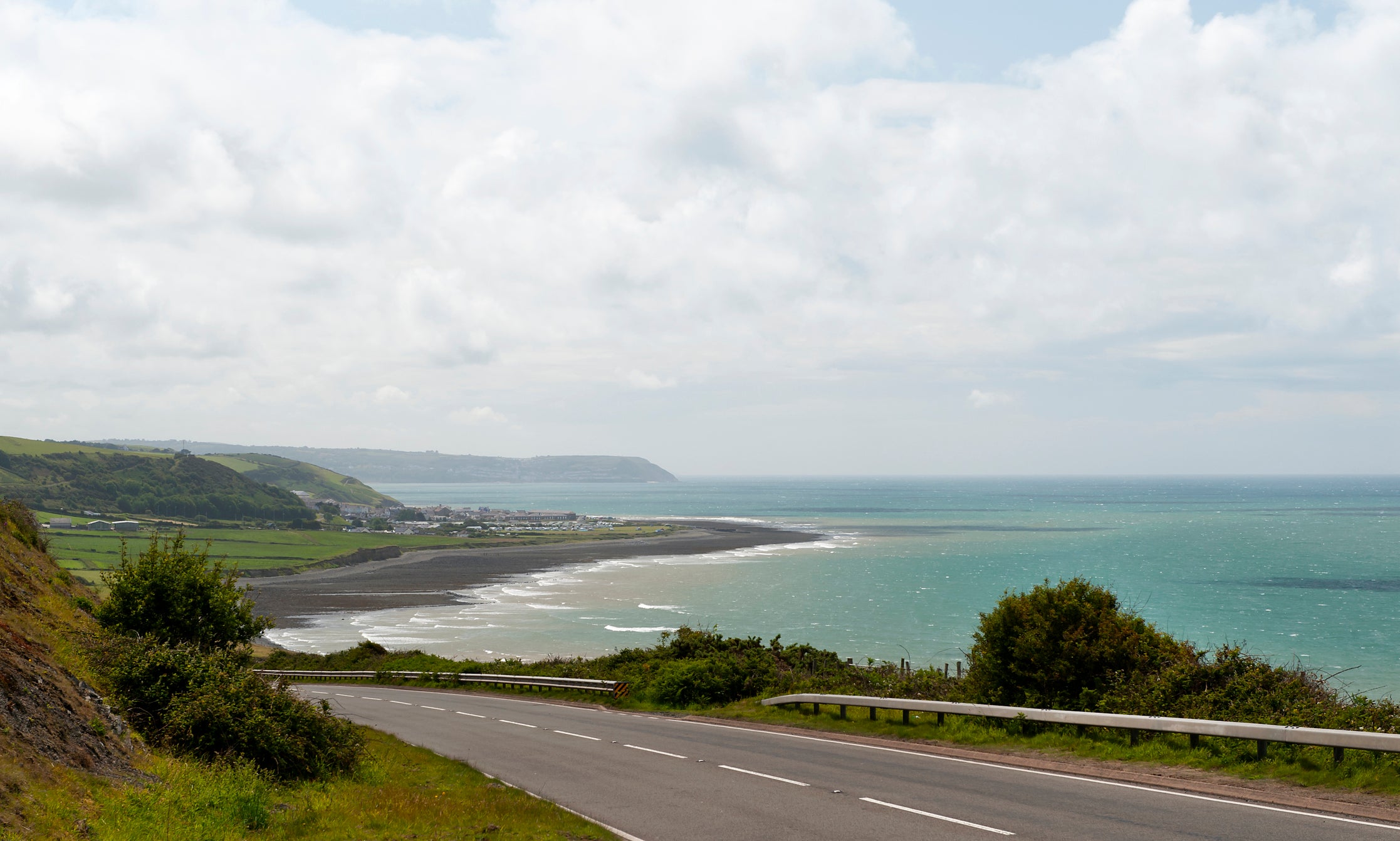
Rees says: "Obviously we don’t know exactly where Beowulf was written, but you can see that Grendel, the monster, is a creature of the Fens. It’s very explicitly Fennish and comes from the bog and it comes from the Fens and it attacks this Danish stronghold. The Fens was seen as this plaguey, mysterious swampy lawless place, and this was a terrifying place for people at the time, but they were also trying to claim this place and move into these environments.
"You can see the stories as a kind of clash between civilisation moving into the area and these primal beasts rebelling."
Over in Wales, the myth of Cantre’r Gwaelod tells the story of a legendary sunken kingdom now apparently on the sea bed in Cardigan Bay, but which may have extended Wales’s west coast out into the Irish Sea up to 20 miles further than today. According to Welsh folklore, Prince Seithenyn was appointed keeper of the wall which kept the waters at bay, but abandoned his post to attend a party at which he became so drunk he passed out. Meanwhile, a ferocious storm and a high tide breached the wall, flooding the kingdom which was forever lost beneath the waves.
In the mythical city of Ys in Brittany, in northern France, a similar tale is told. Built on land reclaimed from the sea, Ys was said to be a beautiful city populated by artisans and traders, and with a palace built of marble, cedar wood and gold. The city was protected with a huge wall that had only one gate to allow ships passage, and the king of Ys, Gradion, held the only key to the gate. Calamity hits the city when the key falls into the hands of his wayward daughter Dahut. She steals the key to allow her lover to enter the city, but the sea inundates the city killing everyone but Gradion and Dahut. As they make their escape on horseback, the king is implored by a vision of a saint to hurl his daughter back into the waves, which he does. Dahut is then said to have turned into a mermaid and still haunts the sea, combing her hair and singing sad songs.
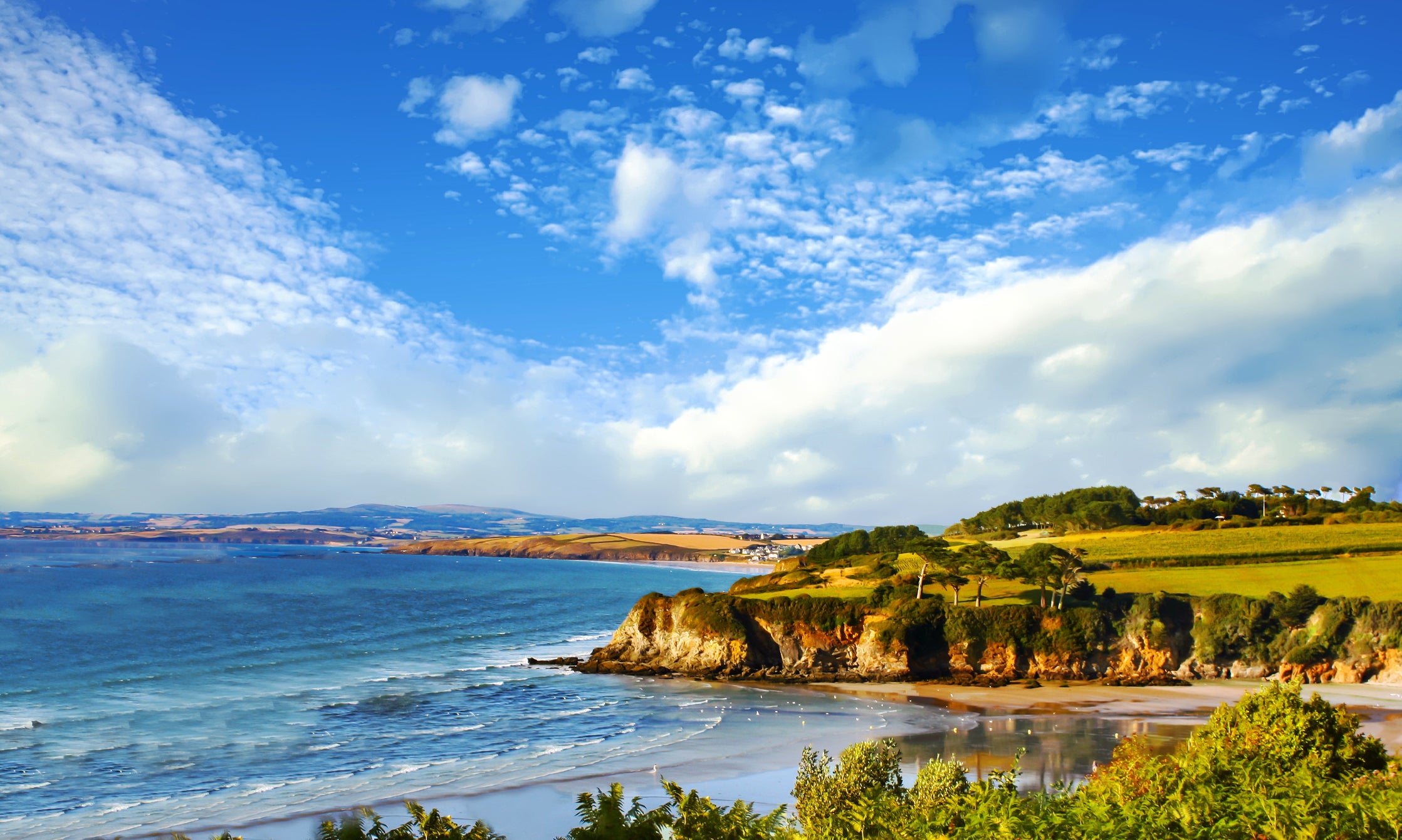
Understanding the contemporary importance of the genesis of such myths has given rise to the relatively new field of "geomythology". One of the world’s leading geomythologists is Professor Patrick Nunn, of the University of the Sunshine Coast in Australia. Speaking to The Independent about the legends of Cantre’r Gwaelod and Ys, he says: "I estimate both to be around 8,000 years old, passed down orally for this length of time in Celtic traditions.
"There are two issues. One is about how the details of these memories remained understandable after so long – the answer is that these details were not optional inclusions, they were about survival, so they were learned by each successive generation just as kids today learn their times tables.
"The other is why pass on these stories – this too was about survival, and we do the same today, for if you wanted your descendants to survive, you had to give them all the knowledge you had – including your ancestors’ experiences of transformative events like sea-level rise in case this ever happened again."
Rees agrees. "All this stuff is current in music and culture now, and goes all the way back to events which happen really deep in history and seem to have some resonance for us," he says.
If you wanted your descendants to survive, you had to give them all the knowledge you had – including your ancestors’ experiences of transformative events like sea-level rise
"I think it’s more important than ever to look at these myths. Rather than seeing them as dead myths or as stories that you tell your children, you can see them as distress signals from the prehistoric era, from climate change. They seem to be things which were preserved and encoded in lore as a way to teach us."
Professor Tim Burbery, author of Geomythology: How Common Stories are Related to Earth Events, tells The Independent: "Extreme climate and climate events have powerfully shaped stories and myths. Many such stories, in fact, appear to have been inspired by the trauma of such events. Indeed, sometimes only stories and myths are up to the job, so to speak, when it comes to working through the powerful emotions evoked by such disasters."
Despite concerns that the way we communicate today – especially through social media – is eroding opportunities for folklore to flourish, there remains a strong current of interest in ancient myths and legends, which are endlessly recycled and reinterpreted for TV, cinema, poetry and other literature.
It is no surprise that our desire to examine ancient disasters and turmoil is in rude health – our own civilisation looks far from functional and enormous levels of fear are building as the world’s climate – largely stable since the end of the last ice age – now appears to be in the early stages of a cataclysmic collapse.
According to the world’s best scientists we are not taking action fast enough, and by the end of the century, our excesses over the last two centuries may well make enormous swathes of the planet unliveable, exterminating entire species and ecosystems as the disaster unfolds around us.
But while things may be getting worse for us, it is future generations which will likely suffer worse consequences of our arrogance. This idea too, has parallels in folklore.
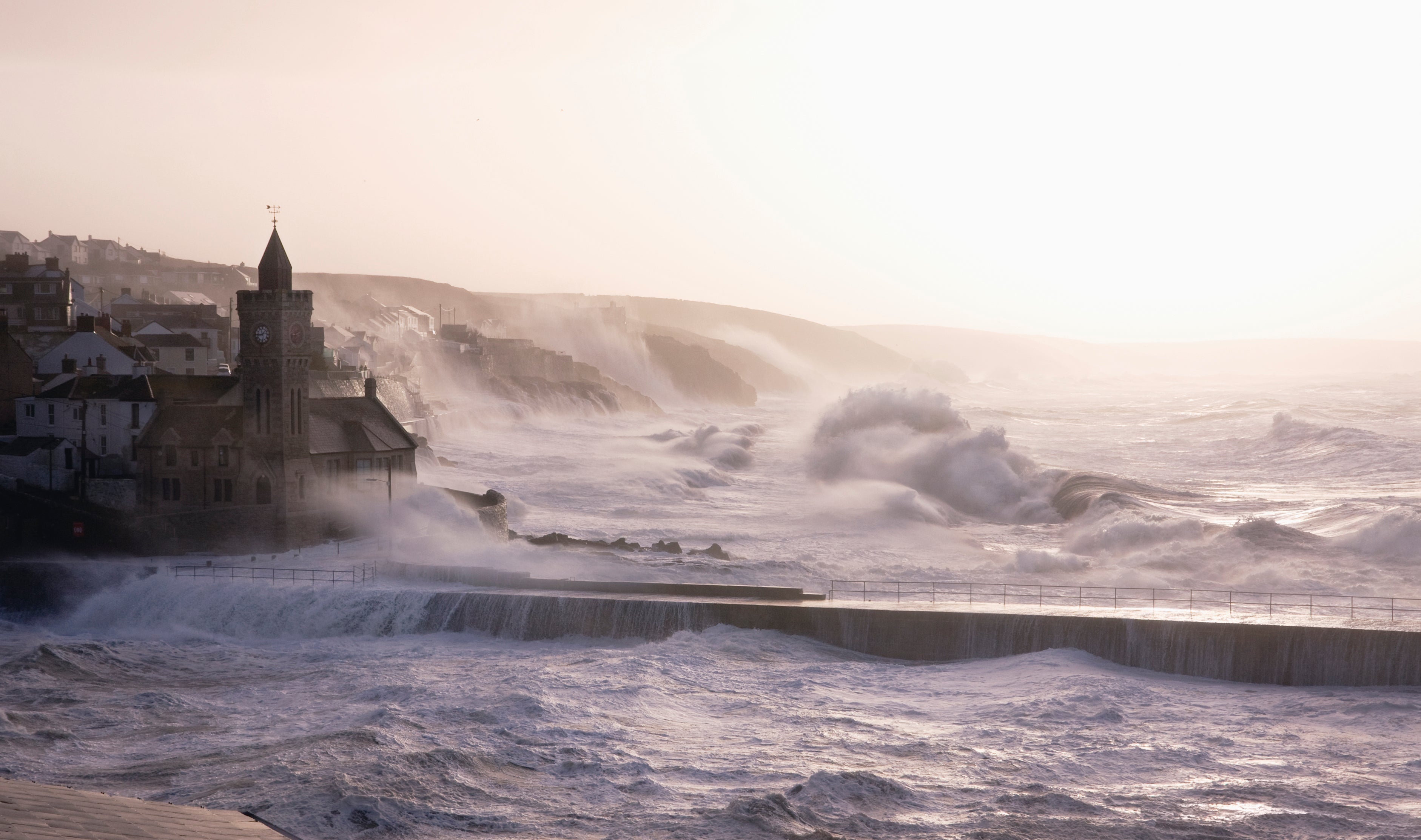
"Lots of the flood myths in Wales have this thing where a curse is put on someone for doing something wrong, and then their village floods and becomes a lake. But the curse always usually says it will be the third or fourth generation that suffers," says Rees.
"That’s how it works isn’t it. We’ve got to start to think about future generations. When we take actions and commit crimes against the environment it’s the third generation that will suffer the consequences. There are lessons for the way we live."
Instead of being seen as entertainment, the ancient folklore which has been handed down through hundreds of generations did so because these stories contained important messages about the world, according to Professor Nunn. "People in pre-literate societies were no less keen to preserve their experiences of extreme events like volcanic eruptions and earthquakes and giant waves, and those that profoundly transformed their environments – like climate change and sea-level rise – than we are today,” he says.
"So instead of writing this information down, they encoded it in what we today, often demeaningly, term myth and legend. They made stories that reflected their experience of these events but also their understandings of them, which is why so many myths involve super-humans or gods."
He adds: "Storytelling was the science of the past and, if we treat it like fiction, we will never comprehend its real value or purpose."
In the 21st century humans are grappling with how science and storytelling can come together. We have unparalleled opportunities for making sense of the world through the application of the scientific method and technological advances, but science alone is worthless without the human ability to meaningfully communicate our findings through storytelling.
For example, Leonardo da Vinci is now, miraculously, recognised as making some of the biggest breakthroughs in human anatomy through his dissections of which he made detailed drawings. But his work in this regard was ultimately in vain as he never successfully presented his findings to the medical establishment. His brilliance as an anatomist wasn’t recognised, and the same discoveries he made then occurred again – hundreds of years later than they needed to. Of course this means that untold numbers of people did not benefit from Leonardo’s findings when perhaps they could have done.
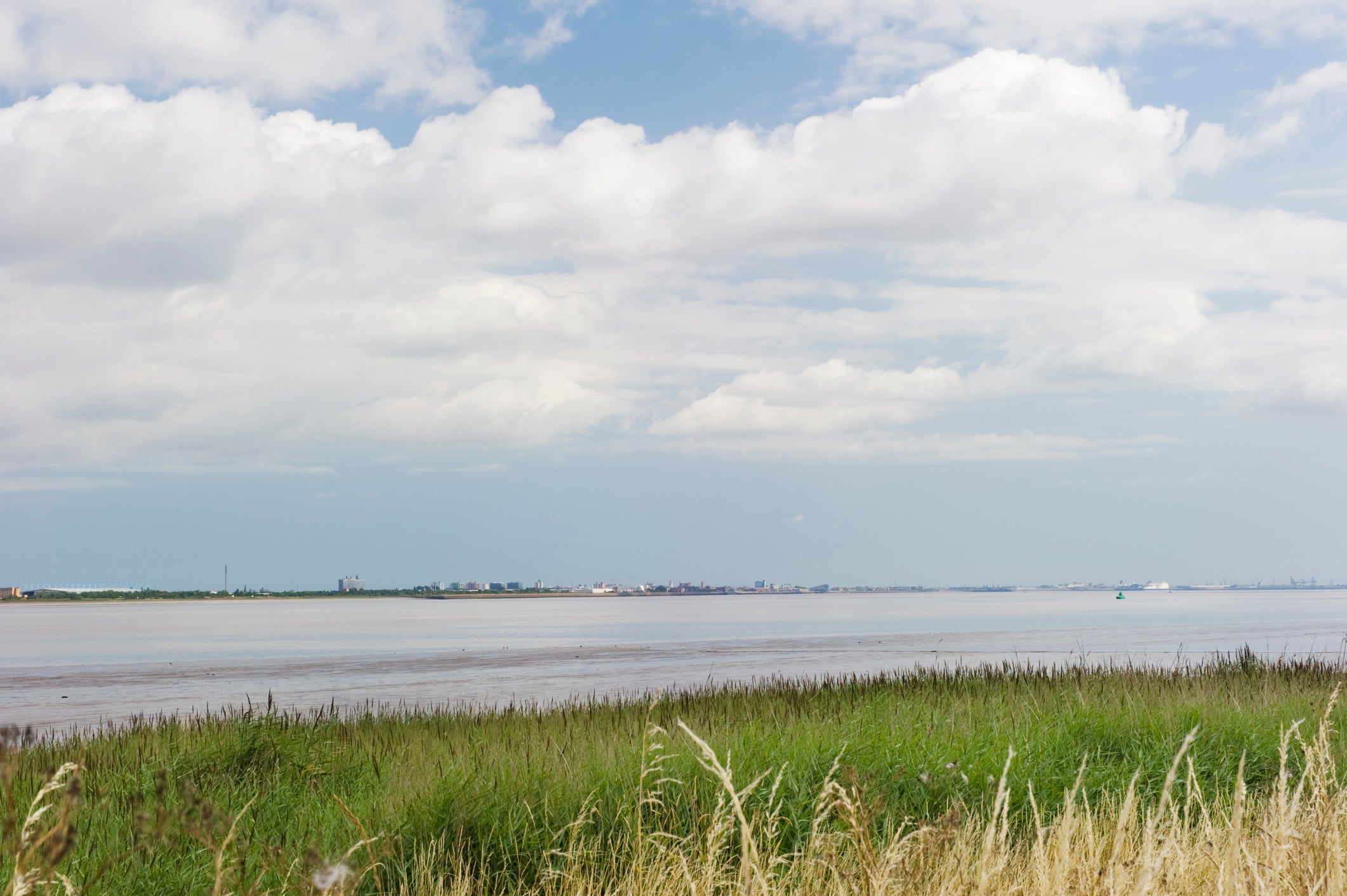
Scientists today should seek to avoid this mistake, and must work to harness the enormous power of storytelling to help us build coherence out of the drunken variousness of the interactions between nature and humanity.
Up in the Humber estuary, the seabed search for Ravenser Odd continues. Professor Daniel Parsons, who launched the effort to find the storm-sunken town, tells The Independent his "initial motivation" to undertake the search was to "connect local populations to narratives of coastal change from the past".
This, he says, will better prepare us for the future. But whether the settlement is found or not, such seductive stories of lost towns have a potent ability to refire the flood myths that inundate our ancient heritage.
Together with what we can now measure with modern science, we are in an exceptional position of privilege – our imaginations are already furnished with many of the tools to reassess the danger our civilisation is now in. We just need to refresh our memories and sharpen our resolve.
Harry Cockburn is environment correspondent at The Independent






Join our commenting forum
Join thought-provoking conversations, follow other Independent readers and see their replies
Comments